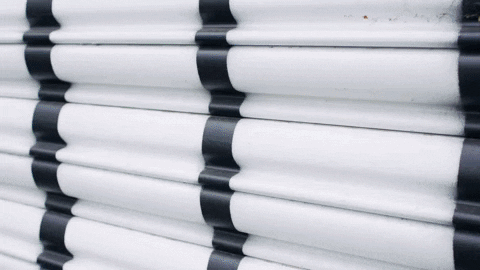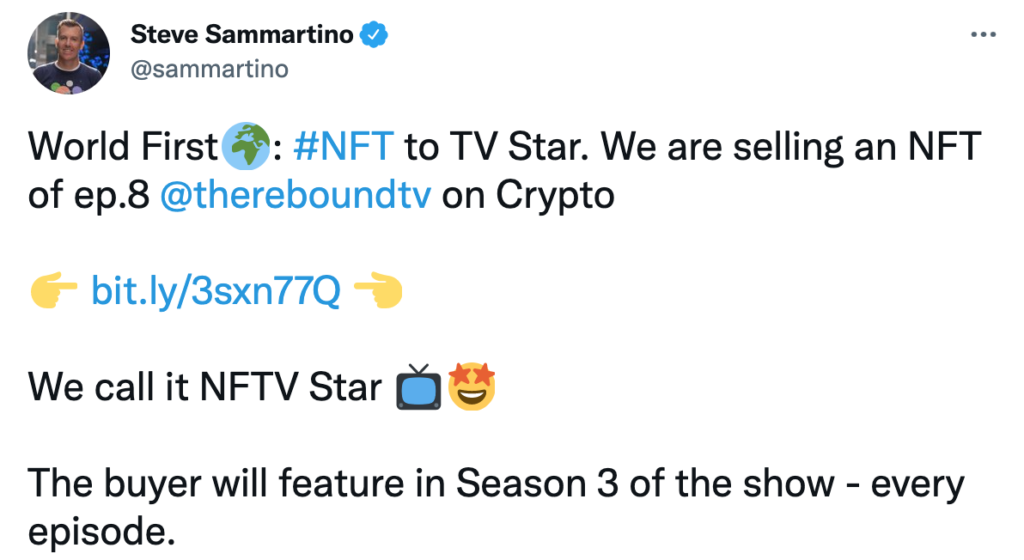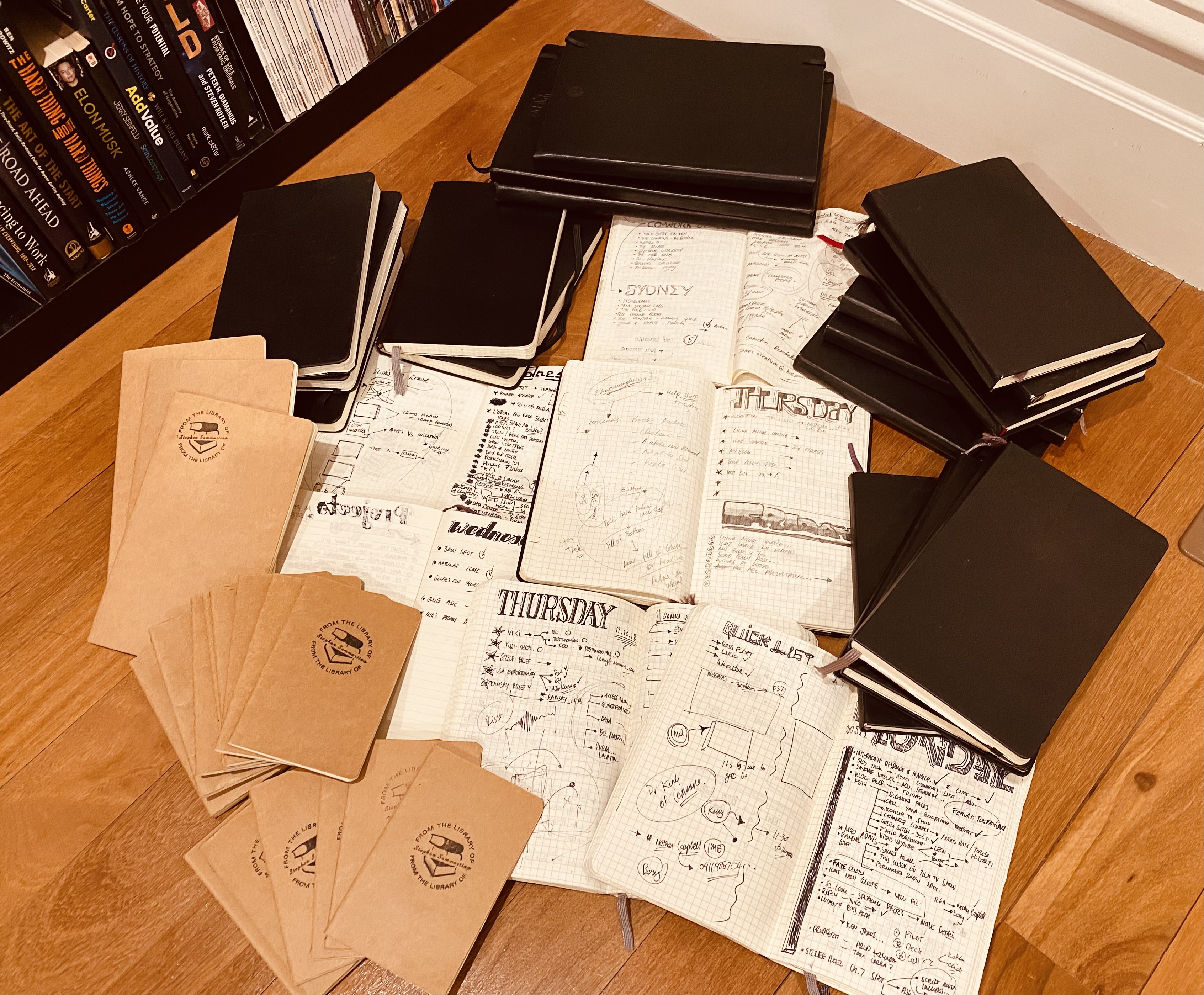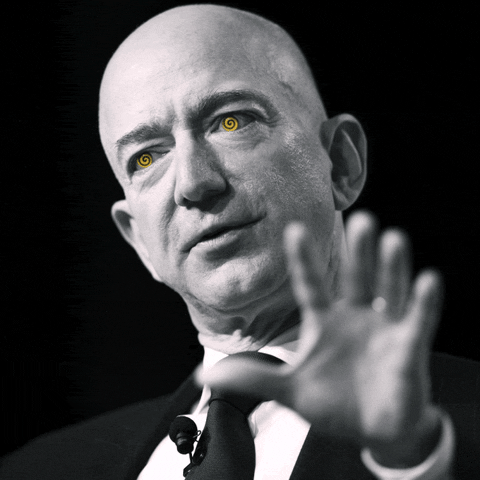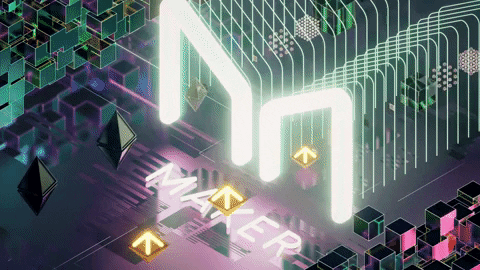
China’s 2021 crackdown on crypto currencies has continued unabated. They’ve now banned all types of Crypto transactions. But don’t be mistaken, China wants nothing more than to move to a crypto economy. The Digital Yuan – their own Crypto.
Currency Creates Control
It is said that you need control the three M’s to capture and control a society. The Media, the Military and the Money. The loss of control of any of these elements can lead to destabilisation of a Government. China is clearly intent on having a firm grip on all three. I’m with China on this one. Any government in the world that moves to a non-sovereign currency (Like El Salvador has making Bitcoin its national currency), will lose control of its economy. That’s not to say we shouldn’t have crypto – just Government issued Crypto. And the reason is simple – crypto currency technology, has many features fiat currency does not. While we may not like China’s policies and record when it comes to human rights – they are out performing other global powers when it comes to economic and geo-political strategy.
The Birth of Programmable Currency
One of the main features of blockchain based crypto currencies is their potential to be digital, yet anonymous. They key word here is potential, because the direct opposite can also be true. The Digital Yuan features what is known as ‘Controllable Anonymity’ given that it will require citizens to register and download the central bank app on their smartphone. But it doesn’t end there. The currency will literally be programmable. The China Government will be able to not only ‘air drop‘ money into people’s accounts, but they will have the ability to easily freeze and close accounts – something which can’t be done with, let’s call them ‘democratic’ crypto currencies.
This is where the move to the Digital Yuan gets interesting. They won’t just be able to control their currency distribution digitally, they’ll also be able to define where and when it can be spent. It will enable China to have a level of control over their monetary system not seen in the history of currency. Transfer payments will take on an entirely new meaning. When economic stimulus is required, they’ll be able to set expiration dates on money transferred to ensure it is injected into the economy and not saved. If it is not spent by a certain date it will literally evaporate from people’s digital wallets. They’ll be able to dictate where certain amounts money can be spent. Grants for students or unemployment may only be able to be spent on groceries, rent and transport for example. If a wallet is presented for payment to an unauthorised type of vendor, the transaction will be declined. They’ll be able to shape spending and investment in a way the global economy has never seen. It will give them an inordinate economic advantage on a global scale. And while it does sound slightly dystopian, it is clearly aligned to all their other economic policies we’ve seen recently as they tighten their grip on their ever-wealthier populace.
Non-Fungible Currency
While it’s not my hope that Australia moves over to a system like this in totality – a more democratic version of programmable currency is an incredibly powerful idea. Countries like Australia and the USA could create incredible productivity via programmable currencies.
Let’s take Job keeper. As published via the independent Parliamentary Budget Office’s analysis –the Morrison government paid $12.5 billion of JobKeeper in the scheme’s first 13 weeks to firms that didn’t experience the turnover declines they forecast in order to qualify for it. Extrapolated to the full 26 weeks of JobKeeper 1.0, that amounts to $25 billion of taxpayers’ money misspent. Around $9 billion was paid to firms whose turnover not only failed to decline as forecast, but actually increased.
This overspend could have been avoided if we could code into the money that it could only be used in wages and salary. We could also remove amounts from their accounts post-hoc once it was clear the firm didn’t face a decline. We could also make sure jobseeker benefits have restrictions on where funds can be spent, which protect the sanctity of the system. We could direct future stimulus payments into preferred economic sectors.
In the future, we’ll all have crypto wallets with two balances – money we can spend as we choose, and restricted funds. The eventual upside is that we’ll enter a pre-emptive tax code – a code where money is directed before it is collected. We won’t re-allocate money after it’s earned, but pre-determine where it can go. This will be something corporations will be able to do with their employees and spending budgets, no purchase will order would be required when money can be programmed on where it can be spent in the first instance. Even parents will be able to use this with their children – restricted handouts if you will.
This fundamentally changes what currencies can do and are. It’s clear that this is a big shift – and it won’t suit everyone, but it is my belief that most economies around the globe will move to Sovereign Cryptos (AU-c / US-c) and remove cash entirely from the economy within the 2020’s.
When this happens, we can also expect traditional cryptos to take the place of cash – and be the bastion of the hidden economy and dark money, and tradies doing crypto cash jobs – humans always find a way to hack any system!
Having money which isn’t fungible really marries up with the shift to increased control and autocracy the world over. What we need to ensure is that this shift doesn’t leak into the free market and remains a tool for more efficient Government resource allocation.
– – –
Keep Thinking,
Steve.
